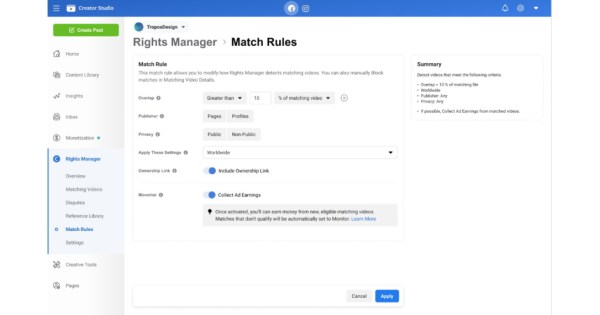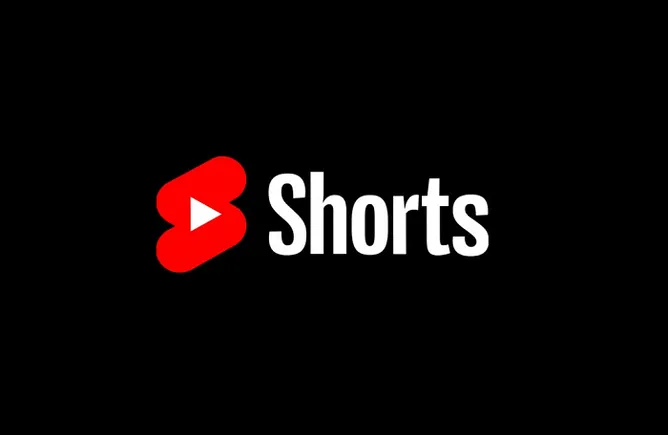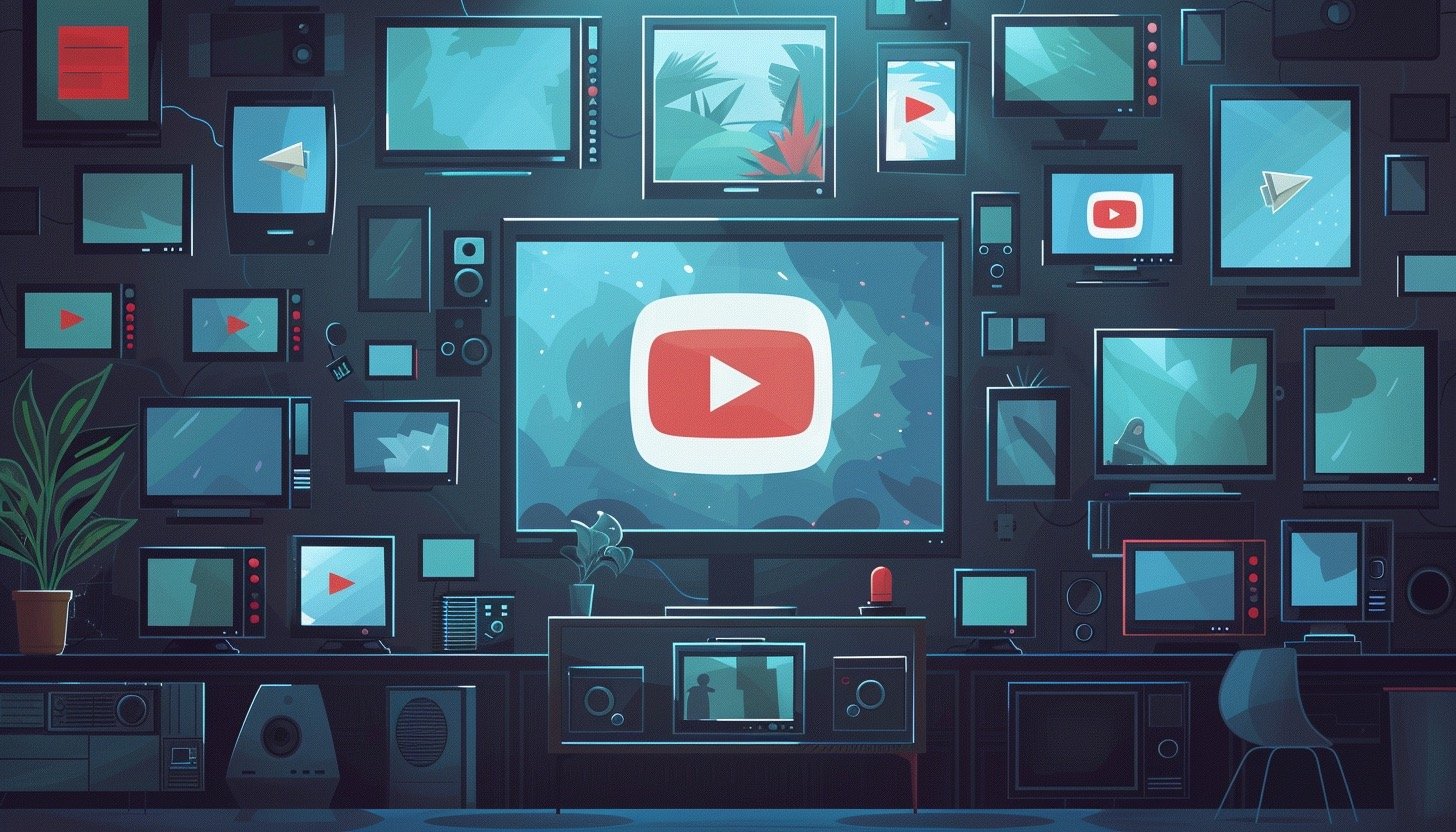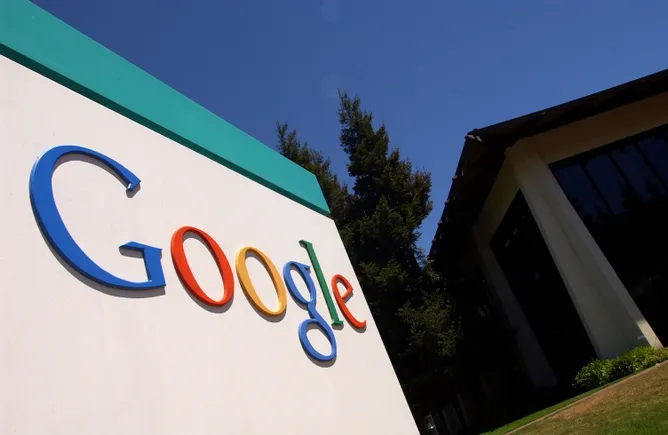TikTok’s $1 billion creator fund will come to an end on December 16th, 2023, the company told users today.
Creators in the US, UK, Germany, and France will no longer be able to monetize their content through the original fund, TikTok spokesperson Maria Jung says. TikTokers in Italy and Spain aren’t affected by the change.
The creator fund was originally introduced in 2020, with the company promising to pay out $1 billion over the course of three years to people making the app’s viral content. Along the way, influencers and other content creators have noted the low payouts — sometimes just a few dollars for millions of views — making it impossible to earn a living through the creator fund alone. TikTok didn’t respond to questions about whether it had paid out all of the $1 billion.
Now, creator payouts are based on views and other engagement metrics
In February of this year, the platform introduced a new monetization method that it said would result in higher payouts for popular creators: the Creativity Program. Unlike the original fund, the Creativity Program requires creators to make videos longer than one minute — a marked difference for an app that first blew up through short clips. And instead of publicizing a pool of money from which payments come out, TikTok said earnings would be based on views and other engagement metrics. Since the launch of the new system, TikTok has been inviting eligible creators to switch over to the Creativity Program; Jung says creators can earn 20 times the amount they were making under the original fund.
That TikTok’s original fund is on its way out isn’t surprising — the program was limited to a three-year commitment with a set amount to give out. Creators in the US, UK, Germany, and France who are part of the fund will be able to roll over to the Creativity Program.
Earning money on TikTok has always been more unpredictable than other platforms like YouTube or Twitch. YouTube especially has seized on the issue of low payouts by offering ad revenue sharing on Shorts, its TikTok competitor.









